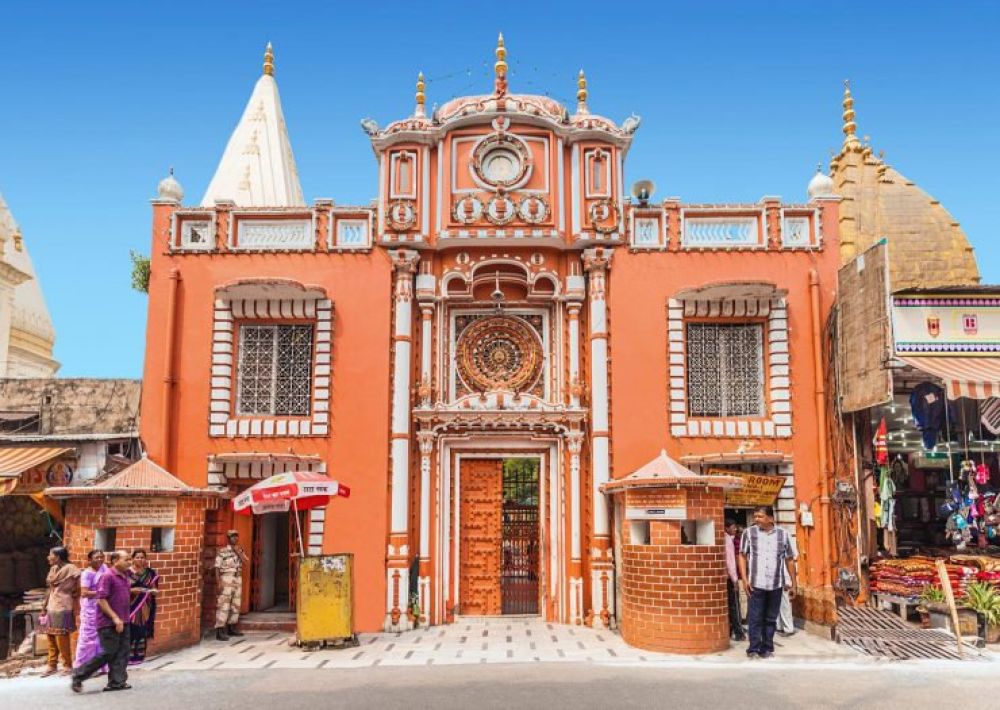

Raghunath Temple, nestled in the tranquil valley of Kullu in Himachal Pradesh, has long been a bastion of spiritual devotion and traditional heritage in Northern India. Dedicated to Lord Rama, the temple has a storied history that intertwines with the royal lineage and the cultural ethos of the region. With its majestic charm and religious importance, Raghunath Temple has become a pivotal destination for tourists and pilgrims alike.
The inception of Raghunath Temple dates back to the 17th century when Raja Jagat Singh, the then-ruler of Kullu, established the temple in 1660 AD as an act of penance. Legend has it that the king committed a great sin, and upon the advice of a sage, he installed the idol of Lord Rama as Raghunath, which he brought from Ayodhya, the birthplace of the deity, to atone for his wrongdoing. Thus, the temple not only signifies a place of worship but also a monument to redemption and spirituality.
The architecture of Raghunath Temple is an elegant fusion of Pahari and Pyramidal styles, characterised by its elaborate wooden carvings and ancient inscriptions. The stunning idol of Lord Rama presides over the sanctum, drawing devotees to its serene ambience and sacred aura. The temple complex also preserves artifacts of historical and cultural relevance, rendering it not just a spiritual retreat but also a portal into the antiquities of Kullu's royal heritage.
Beyond its historical and architectural allure, the temple holds a central place in the local festivals. The most notable is the Kullu Dussehra, a grand celebration that commences on Vijayadashami, the day when the epic war between Lord Rama and Ravana, as told in the Ramayana, concluded. A week-long festivity ensues, where the idol of Raghunath is paraded through the town on a chariot, signifying the victory of good over evil. This annual festival attracts thousands of visitors, contributing to the temple's status as a major landmark in the tourism map of Himachal Pradesh.
The influx of tourists to the Raghunath Temple has greatly bolstered the local economy. The Kullu valley, known for its picturesque landscapes and the mighty Beas River, has seen a consistent rise in the number of visitors, a testimony to the enduring lure of the temple and the valley's natural beauty. Besides spiritual tourism, the region has expanded to offer various activities like trekking, river rafting, and handicraft shopping, thereby diversifying the tourist experience.
With the advancement in technology and the rise of eco-conscious travel, the latest trends in tourism around Raghunath Temple have seen a shift towards sustainable and responsible tourism practices. Authorities and local businesses are increasingly adopting measures to preserve the natural environment and cultural authenticity of Kullu, ensuring that tourism development does not impinge upon the region’s ecological and historical integrity.
Whether it is the charm of ancient traditions, the serenity of spiritual devotion, or the allure of Himalayan grandeur, Raghunath Temple remains a profound testament to the rich tapestry of Indian culture and spirituality. It continues to draw the heartstrings of tourists and devotees, promising an experience that is both transcendental and grounded in timeless heritage.